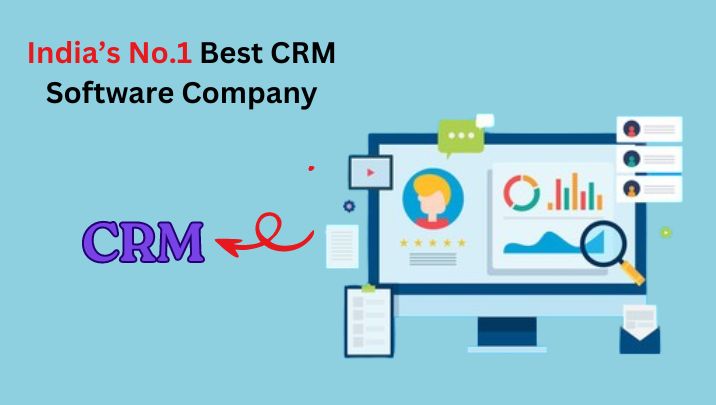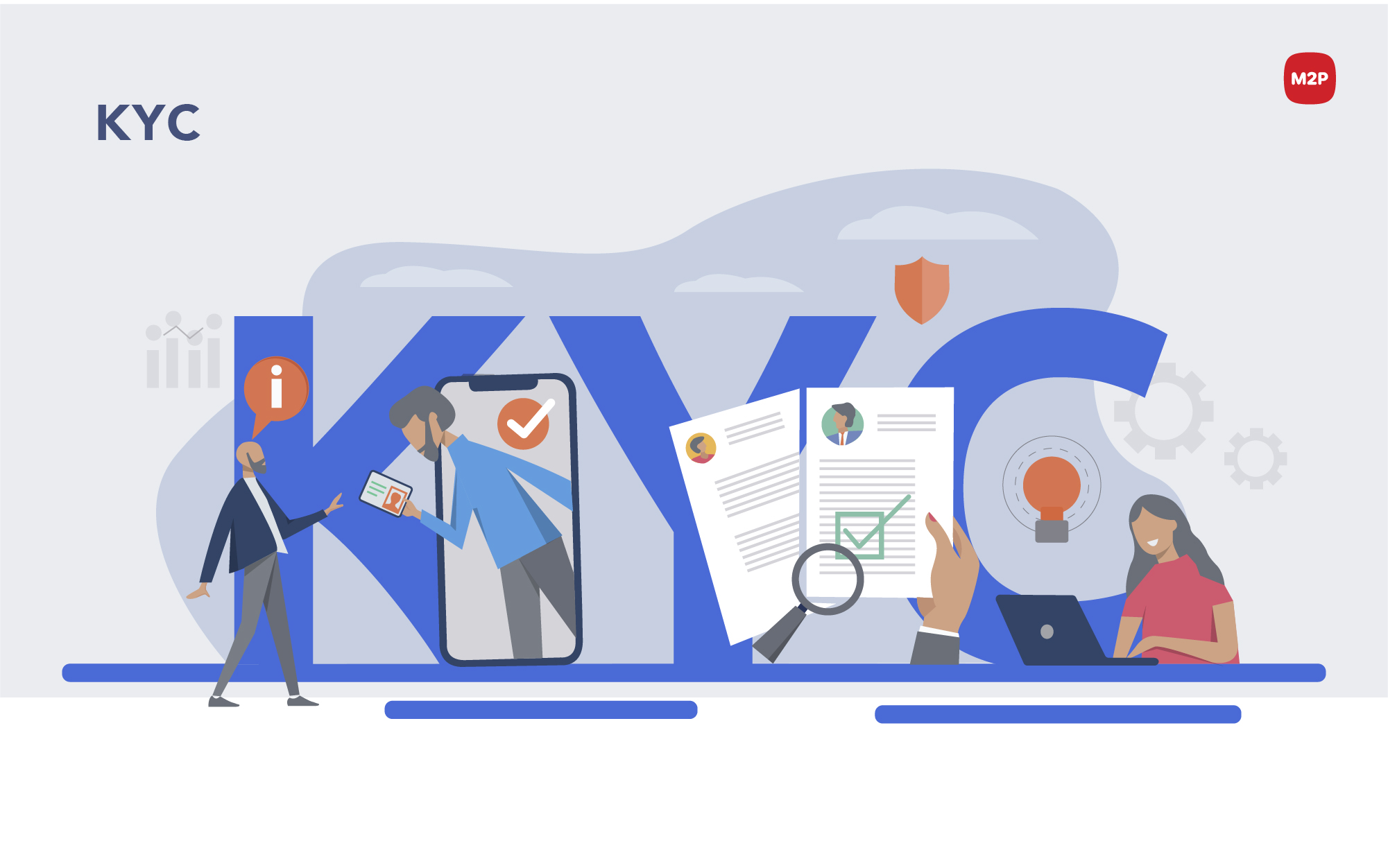Backend development forms the backbone of web applications, providing the necessary infrastructure and functionality that powers the user experience. While frontend development focuses on the visible elements of a website or application, backend development deals with the behind-the-scenes processes that make everything work seamlessly. In this article, we will explore the world of backend development, its significance, key technologies, and best practices.
What is Backend Development?
Backend development refers to the creation and management of server-side logic and databases that enable the functioning of web applications. It involves handling requests from the frontend, processing data, interacting with databases, and delivering the desired response back to the user. Backend developers work with programming languages and frameworks to build the server-side components of an application.
Importance of Backend Development
Backend development plays a critical role in web applications by managing data, implementing business logic, and ensuring smooth communication between different layers of an application. It focuses on security, performance, scalability, and data integrity. A well-designed backend is crucial for delivering a seamless user experience and ensuring the overall success of an application.
Common Backend Technologies
Backend development utilizes a range of technologies to create robust and efficient web applications. Some common technologies include:
1. Server-side Languages
Backend developers employ programming languages such as Python, Java, Ruby, and PHP to write the logic and functionality of web applications.
2. Frameworks
Frameworks like Django (Python), Spring (Java), Ruby on Rails (Ruby), and Laravel (PHP) provide a structured environment and ready-to-use components for faster development.
3. Databases
Backend development involves working with databases to store, retrieve, and manage data efficiently. Popular options include MySQL, PostgreSQL, MongoDB, and Redis.
4. API Development
Backend developers often create APIs (Application Programming Interfaces) to enable communication between different systems and allow third-party integration.
Backend vs. Frontend Development
Backend and frontend development are two distinct disciplines that work together to create a complete web application. While backend development focuses on server-side functionality, frontend development deals with the user-facing elements, such as the user interface (UI) and user experience (UX). Both frontend and backend developers collaborate to build a cohesive and fully functional application. “Hire Backend Developer | Hire Frontend Developer”
Backend Development Process
The backend development process involves several stages, including requirements gathering, system design, development, testing, and deployment. Here is a high-level overview of the typical steps involved:
1. Requirement Analysis
Backend developers work closely with stakeholders to understand the project requirements, functional specifications, and desired outcomes.
2. System Design
Based on the requirements, backend architects design the system architecture, database schema, and define the APIs and endpoints.
3. Development
Backend developers write code to implement the system’s logic, business rules, and integrate with databases and external services.
4. Testing and Debugging
Comprehensive testing and debugging are crucial to identify and fix any issues, ensuring the backend functions as intended.
5. Deployment
Once the development and testing phases are complete, the backend code is deployed to a production environment. This involves setting up servers, configuring the necessary infrastructure, and ensuring the application is accessible to users. Continuous integration and deployment (CI/CD) pipelines are often employed to automate the deployment process, allowing for faster and more efficient updates.
Setting Up a Backend Environment
To develop and test a backend application, it is essential to have a suitable development environment. Here are the steps to set up a backend environment:
- Choose a Development Platform: Select a platform that supports your preferred backend language and framework, such as Windows, macOS, or Linux.
- Install a Text Editor or Integrated Development Environment (IDE): Use tools like Visual Studio Code, Sublime Text, or IntelliJ IDEA to write and manage your code effectively.
- Set Up a Local Development Server: Install a local server environment like XAMPP, WAMP, or MAMP, depending on your operating system. These packages include web servers (Apache, Nginx), databases (MySQL, PostgreSQL), and scripting languages (PHP, Python) needed for backend development.
- Install Backend Dependencies: Depending on your chosen backend language and framework, install the necessary dependencies and libraries using package managers like pip (Python), npm (JavaScript), or composer (PHP).
Key Backend Development Languages
Backend development offers a wide range of programming languages to choose from, each with its own strengths and use cases. Some key backend development languages include:
- Python: Python is known for its simplicity and readability, making it a popular choice among developers. It offers frameworks like Django and Flask, which simplify backend development.
- Java: Java is a versatile language used in enterprise-level applications. Backend frameworks such as Spring and Hibernate are widely adopted in Java development.
- Ruby: Ruby, with its elegant syntax, powers the Ruby on Rails framework. It emphasizes convention over configuration, making it ideal for rapid application development.
- PHP: PHP is a server-side scripting language used extensively in web development. Frameworks like Laravel and Symfony provide a solid foundation for building scalable and secure applications.
- JavaScript: While JavaScript is primarily associated with frontend development, it also has a strong presence on the backend. Node.js enables JavaScript to be used for server-side programming, with frameworks like Express.js and Nest.js.
Popular Backend Frameworks
Backend frameworks provide a structured environment and ready-to-use components, making development more efficient. Here are some widely used backend frameworks:
1. Django (Python)
Django is a high-level Python web framework that follows the Model-View-Controller (MVC) architectural pattern. It emphasizes code reusability, security, and rapid development.
2. Ruby on Rails (Ruby)
Ruby on Rails, often referred to as Rails, is a full-stack web application framework written in Ruby. It promotes the use of convention over configuration, enabling developers to build applications quickly.
3. Express.js (JavaScript)
Express.js is a lightweight and flexible web application framework for Node.js. It provides a minimalistic approach to building web servers and APIs, allowing developers to customize as needed.
4. Laravel (PHP)
Laravel is a powerful PHP framework known for its expressive syntax and comprehensive features. It simplifies common tasks, such as routing, caching, and database management.
5. Spring (Java)
Spring is a widely adopted Java framework used for building robust and scalable applications. It offers extensive support for dependency injection, data access, and security.
Backend Databases
Databases are essential for storing and retrieving data in backend development. Different types of databases serve specific purposes, depending on the requirements of an application. Some popular backend databases include:
Relational Databases: Relational databases use a structured approach to store data, with tables, rows, and columns. Examples include:
- MySQL: MySQL is an open-source relational database management system (RDBMS) widely used in web development due to its performance, scalability, and ease of use.
- PostgreSQL: PostgreSQL is a powerful and feature-rich open-source RDBMS known for its reliability, data integrity, and advanced capabilities.
- Oracle Database: Oracle Database is a commercial RDBMS that offers high performance, scalability, and security for enterprise-level applications.
NoSQL Databases: NoSQL databases provide a more flexible and scalable approach for handling large amounts of unstructured or semi-structured data. They include:
- MongoDB: MongoDB is a popular document-oriented NoSQL database that stores data in a flexible JSON-like format, making it suitable for agile development and scalability.
- Cassandra: Cassandra is a highly scalable and distributed NoSQL database designed for handling massive amounts of data across multiple nodes with high availability.
Backend Security
Security is a critical aspect of backend development to protect sensitive data and prevent unauthorized access. Some key considerations for backend security include:
- Authentication and Authorization: Implementing robust authentication and authorization mechanisms, such as using tokens, session management, and role-based access control (RBAC), to ensure only authorized users can access protected resources.
- Data Encryption: Encrypting sensitive data at rest and in transit using encryption algorithms like AES (Advanced Encryption Standard) and SSL/TLS (Secure Sockets Layer/Transport Layer Security).
- Input Validation: Validating and sanitizing user input to prevent common security vulnerabilities like SQL injection, cross-site scripting (XSS), and cross-site request forgery (CSRF).
- Secure APIs: Implementing secure APIs with proper access controls, rate limiting, and input/output validation to prevent malicious attacks and ensure the integrity of data.
- Regular Security Audits: Conducting regular security audits and penetration testing to identify and address vulnerabilities and stay updated with the latest security practices.
Testing and Debugging in Backend Development
Thorough testing and debugging are crucial in backend development to ensure the reliability and functionality of the application. Here are some common testing and debugging practices:
- Unit Testing: Writing unit tests to verify the behavior of individual backend components, such as functions, classes, and modules. Tools like pytest, JUnit, and PHPUnit are commonly used for unit testing.
- Integration Testing: Testing the interaction between different backend modules or components to ensure they work together seamlessly.
- API Testing: Validating the functionality and correctness of APIs using tools like Postman, cURL, or automated testing frameworks.
- Logging and Error Handling: Implementing comprehensive logging and error handling mechanisms to capture and track errors, exceptions, and unexpected behavior in the backend code.
- Debugging Tools: Utilizing debugging tools and techniques, such as breakpoints, stack traces, and logging frameworks, to identify and resolve issues during development.
Scalability and Performance
Backend development needs to consider scalability and performance to handle increasing user loads and ensure optimal application performance. Some strategies to achieve scalability and performance include:
- Caching: Implementing caching mechanisms, such as in-memory caching with tools like Redis or Memcached, to store frequently accessed data and reduce database queries.
- Load Balancing: Distributing incoming traffic across multiple backend servers to avoid overloading a single server. Load balancing can be achieved using tools like Nginx, HAProxy, or cloud-based load balancers.
- Database Optimization: Optimizing database queries, indexing, and query caching to improve database performance and reduce response times.
- Horizontal and Vertical Scaling: Scaling the backend infrastructure horizontally (adding more servers) or vertically (increasing server resources) to handle increased traffic and ensure the application can scale as needed.
- Performance Monitoring: Using tools like New Relic, Datadog, or custom monitoring solutions to track application performance, identify bottlenecks, and optimize system resources.
- Code Optimization: Writing efficient and optimized code, avoiding unnecessary computations, reducing database queries, and optimizing algorithms to improve overall performance.
Future Trends in Backend Development
Backend development is an ever-evolving field, and staying updated with emerging trends is crucial for developers. Some future trends in backend development include:
- Serverless Architecture: Serverless computing eliminates the need to manage infrastructure, allowing developers to focus on writing code. Platforms like AWS Lambda and Google Cloud Functions enable developers to build scalable and event-driven backend systems.
- Microservices: Microservices architecture divides an application into smaller, loosely coupled services that can be developed, deployed, and scaled independently. This approach enables agility, scalability, and easier maintenance of complex applications.
- Containerization and Orchestration: Containerization with technologies like Docker and orchestration platforms like Kubernetes provide portability, scalability, and easy management of backend services.
- Artificial Intelligence and Machine Learning: Integrating AI and ML capabilities into backend systems enables advanced data analysis, automation, and intelligent decision-making.
- GraphQL: GraphQL is a query language and runtime for APIs that allows clients to request specific data and reduce over-fetching and under-fetching issues. It provides more flexibility and efficiency in data retrieval compared to traditional REST APIs.
Conclusion
Backend development forms the foundation of web applications, handling crucial tasks such as data management, business logic implementation, and security. It requires proficiency in programming languages, frameworks, and databases. By understanding the importance of backend development, common technologies, security considerations, testing practices, and future trends, developers can build robust and scalable backend systems that power modern web applications.
FAQs (Frequently Asked Questions)
Q: What is the difference between frontend and backend development?
- A: Frontend development focuses on the user interface and user experience, while backend development deals with server-side logic, data management, and business processes.
Q: Which programming language is best for backend development?
- A: There are several options, including Python, Java, Ruby, PHP, and JavaScript. The choice depends on factors such as project requirements, team expertise, and ecosystem support.
Q: What are some popular backend frameworks?
- A: Django (Python), Ruby on Rails (Ruby), Express.js (JavaScript), Laravel (PHP), and Spring (Java) are widely used backend frameworks.
Q: How do you ensure backend security?
- A: Backend security involves implementing authentication and authorization, data encryption, input validation, secure APIs, and regular security audits.
Q: What are some future trends in backend development?
- A: Serverless architecture, microservices, containerization, AI/ML integration, and GraphQL are some emerging trends in backend development.







